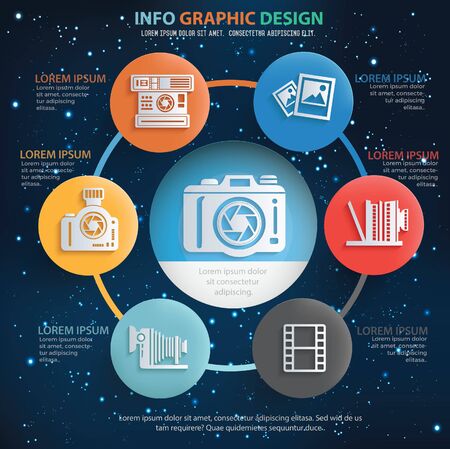Join Us To Discover Vital Photography Tips That Will Open Your Camera'S Potential-- Prepare To Capture Stunning Photos In No Time!
Join Us To Discover Vital Photography Tips That Will Open Your Camera'S Potential-- Prepare To Capture Stunning Photos In No Time!
Blog Article
Web Content Author-Grant Turan
When you first grab your camera, it can feel overwhelming with all the setups and alternatives readily available. You might find yourself questioning how to browse aperture, shutter speed, and ISO properly. Understanding these basics is essential, however there's more to digital photography than just technical knowledge. Recognizing composition techniques and illumination conditions can elevate your images significantly. So, what if you could discover simple strategies to boost your abilities and start catching remarkable images earlier than you believe? Allow's check out just how to change headshots for acting near me .
Understanding Camera Setups
Recognizing your video camera setups is essential for capturing sensational images. When you pick up your camera, acquaint on your own with the three main settings: aperture, shutter rate, and ISO. Each plays an essential role in exactly how your pictures turn out.
Beginning with aperture, which controls the quantity of light entering the lens. A broader aperture (reduced f-number) lets in much more light and produces a beautiful history blur, best for portraits. On the other hand, a narrower aperture (greater f-number) keeps even more of the scene in focus, ideal for landscapes.
Next, concentrate on shutter speed. This setup figures out for how long your camera's sensing unit is exposed to light. A rapid shutter speed freezes movement, which is terrific for activity shots, while a slow shutter speed can create spectacular effects like smooth water in landscapes.
Lastly, change visit the next internet site . This setup impacts your electronic camera's sensitivity to light. A greater ISO is useful in low-light circumstances yet can present sound or grain. Aim for the most affordable ISO possible while still accomplishing correct direct exposure.
Make-up Methods
When you're out shooting, composition can make all the distinction in exactly how your photos resonate with audiences. Start by using the regulation of thirds; envision your structure split right into nine equivalent sections with two straight and 2 vertical lines. Placement key elements along these lines or at their intersections to create equilibrium and interest.
Next off, take into consideration leading lines. These natural lines in your scene, like roadways or rivers, attract the visitor's eye into the picture, leading them through the story you're informing.
Don't ignore framing; use elements within your scene, like trees or windows, to create a framework around your subject, adding deepness and emphasis.
Also, watch on your background. A cluttered history can sidetrack from your main topic, while a basic one assists it stand out.
Finally, experiment with symmetry and patterns; they can create a striking image that captures attention.
Mastering Lights Conditions
Grasping lights conditions is essential for capturing spectacular pictures, as the appropriate light can transform a normal scene into something extraordinary.
Beginning by observing natural light at different times of the day. Early mornings and late afternoons provide the most effective light, known as the gold hour. The soft, cozy tones throughout these times can boost your pictures perfectly.
https://www.liveinternet.ru/users/munoz_munck/post509020833 avoid cloudy days either; diffused light can lessen rough shadows and produce a pleasing result, particularly for pictures.
Try out backlighting by positioning your subject against the light source. This strategy can create a wonderful halo result and include depth to your photos.
Take note of your electronic camera settings too. Readjust the ISO, aperture, and shutter speed to suit the illumination conditions. A higher ISO can help in low light, however be cautious of grain.
Utilize a tripod in darker atmospheres to avoid blur.
Lastly, don't neglect artificial illumination. Flash and constant lights can be wonderful devices for managing light in tough problems.
Conclusion
In conclusion, understanding your video camera doesn't have to be overwhelming. By recognizing your settings, using structure strategies, and utilizing the power of natural light, you'll quickly raise your digital photography skills. Bear in mind, exercise makes ideal, so get out there and experiment with your newfound understanding. With time and dedication, you'll be catching magnificent photos that reflect your one-of-a-kind perspective. Take pleasure in the journey, and don't forget to have a good time while you go to it!
